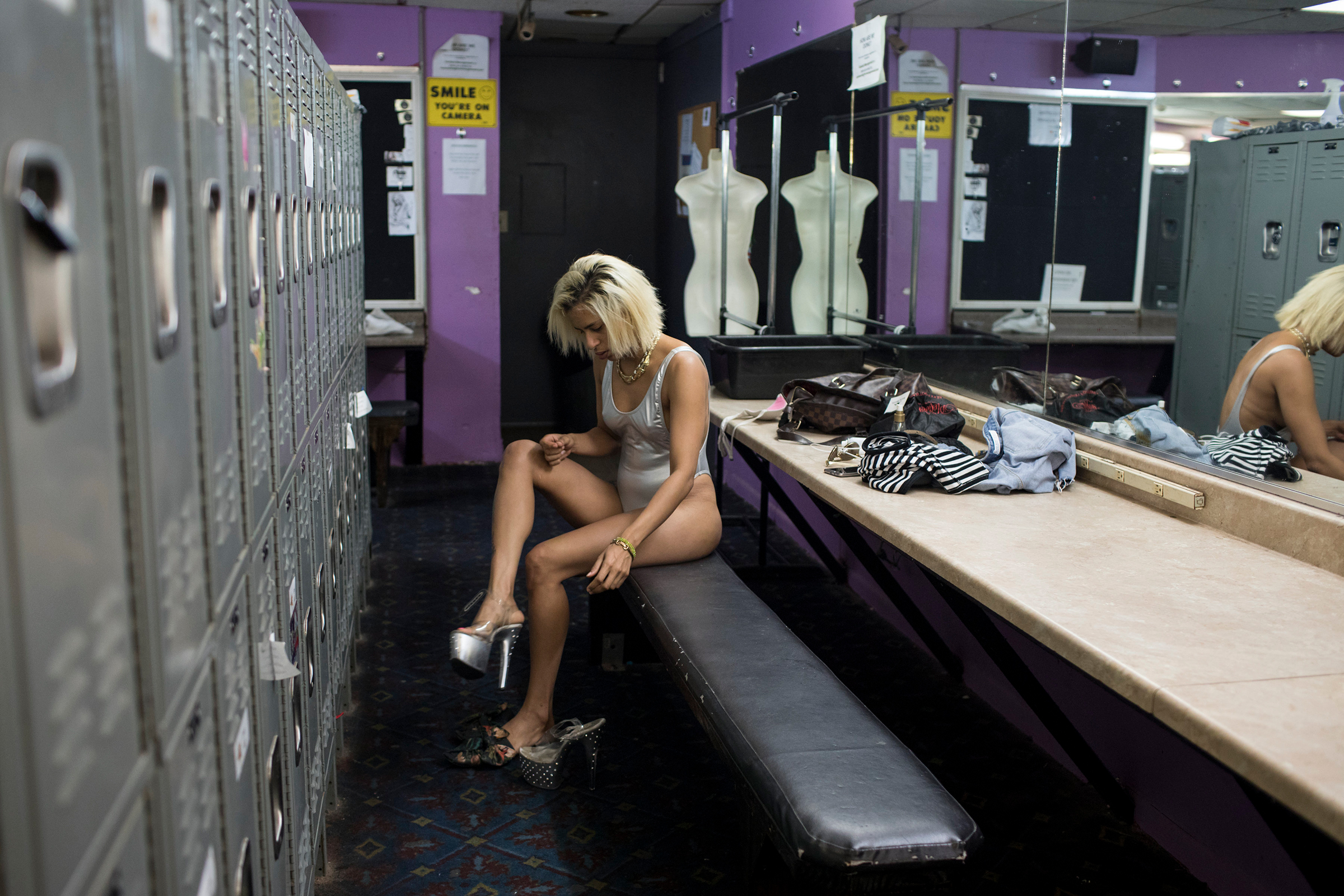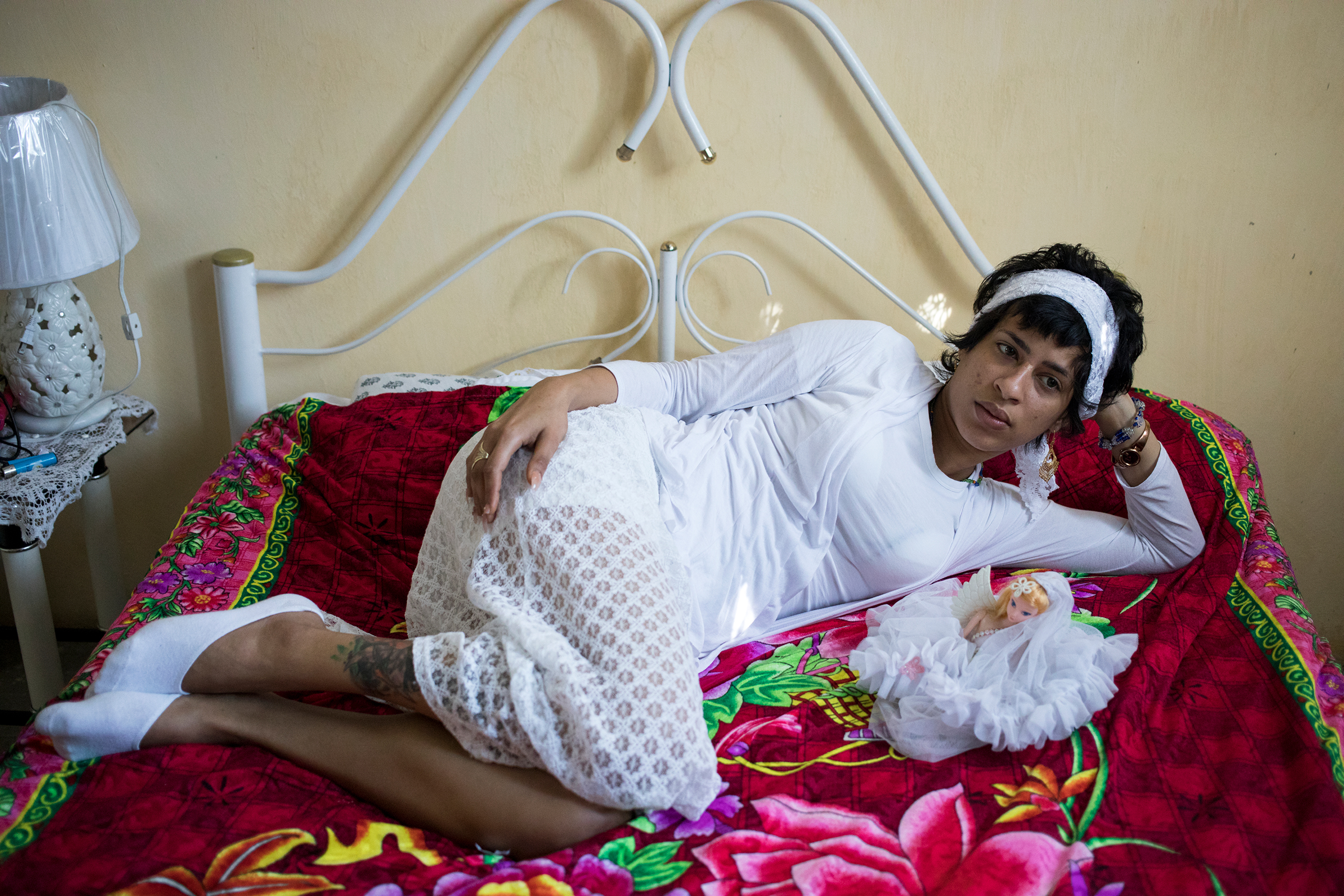
On May 13, 2016, three women set off from Havana for the United States. On any map, their destination lay to the north. Yet they steered south. A migrant’s route is determined as much by the obstacles of bureaucracy as of geography and, at the time, U.S. immigration law admitted Cubans coming by land but not by sea. So the women’s journey took them not across the Florida Strait but down to South America, across that continent at its widest point, up the Pacific Coast to Panama, then zig-zagging north to the U.S. border. Along the way, they brushed shoulders with Indians, Somalis, Haitians, Eritreans — the world approaching America through its back door. We know all this because one of the three was Lisette Poole, a photojournalist capturing the lived experience of a migrant in an era defined by the capillary movement of people across the surface of the globe.
Now the journey has been published between hard covers: la paloma y la ley (“the dove and the law”) is a 360-page elaboration on an article that appeared in TIME in October, 2016. The book is built as a kind of travel journal, recording the 8,000 miles the women covered across 51 days, in photos, artifacts and text, which appears side by side in English and Spanish. Published on Oct. 17 by Red Hook Editions, it contains ticket stubs, essays, screen grabs, a Western Union money transfer, shopping lists, my foreword and, toward the end, brief profiles of each of the 18 coyotes paid to smuggle them along. Poole’s field notes read like free verse:
Motel My Love
This feels like an old Vegas desertCar parked
Plastic chairs
Little party
people hanging out700 reals to border
$100 each to cross
$150 for bus to Lima
With essays on everything from Santeria to the Darien Gap, it’s a strikingly literary sort of a photo book, and accounts for how Poole has spent much of the three years since the ordeal.
What happened to the other two she traveled with?
In Havana, Marta Amaro and Liset Barrios were queens of their neighborhood, Marianao. Liset, charismatic and striking, worked as a dancer and as a paid companion to foreign tourists. One of them, a Chicago man named Joey, paid her way to America and, whether he knew it or not, most of the passage of her friend Marta as well. When Liset finally showed up at O’Hare, Joey was hours late picking up her up. The relationship lasted another two weeks. In the next year, she moved to Miami, was a bottle girl in Las Vegas, and waited tables in Portland, Ore.

“It was like I didn’t adapt to certain places so I was kind of looking for the right place for me,” she says. “And I’ve been in Austin for two years and I feel good here.” She dances at a strip club, making as much as $500 a night. “I make my money with how I’m able to just seduce them dancing sexy, making conversation. I don’t have to sleep with anyone, in fact that’s completely prohibited at my work. Of course it’s better for me: just talking, I make money. Using my charm, my sweetness. Sometimes I don’t even have to dance. They come in, they have problems, they want to talk them out, and I just listen. A lot of clients come in for company.”
Still, life in the U.S. has been an adjustment. “It’s really different from Cuba, where you kind of live day to day and if you don’t work you’re able to get by,” says Liset, 28. “Here you need to sacrifice and work and all Cubans who come here are faced with the reality that your’e not automatically going to be rich or famous.”

For Marta, 56, everything has been harder. She has not been healthy since the journey, the trauma of which included a leg injury in the jungles of The Darien Gap, the roadless area at the bottom of Central America that migrants must cross on foot. Her journey took six days. After six months in Miami, she lives with a son in Newark, but misses the family that remains in Havana. She has not been working.
“I thought it would be easier,” she says.”The way everyone posts pictures of cars, I thought it would be easier to have a car, to have things. Here if you get sick and you can’t work you can’t pay your rent. When I go back to Cuba, everyone expects me to have money and it’s embarrassing that I don’t have any.”
But for Marta, the trips home (Cuban immigrants could apply for a green card after a year) produce income. Small speakers she buys for $36 in the U.S. bring $100 in Havana. With the difference, she buys cooking oil and cigarettes for her family. Cuban rum and cigars bring a profit when she’s back in America.

Neither woman has learned much English, and neither has felt the least bit unwelcome in the United States. Nor does either regret allowing Poole to document their lives. For Liset, the journey feels distant. “Every once in a while I think about the journey and talk about it, tell people about it, but it’s just memory.” Privacy is not much of an issue for her. “This could also go well for me,” she shouts into the phone, which she has on speaker while she showers before work. “Now it’s not just two or three people who will know my story; it’s a lot of people in the world. I’d like to do the movie too!”
But for Marta, even leafing through la paloma y la ley leaves her feel uneasy. She would never repeat the journey, she says, and though she wants her family to join her, would not let them come the way she came.
“I read it piece by piece and I get scared.”
More Must-Reads from TIME
- Cybersecurity Experts Are Sounding the Alarm on DOGE
- Meet the 2025 Women of the Year
- The Harsh Truth About Disability Inclusion
- Why Do More Young Adults Have Cancer?
- Colman Domingo Leads With Radical Love
- How to Get Better at Doing Things Alone
- Michelle Zauner Stares Down the Darkness
Contact us at letters@time.com